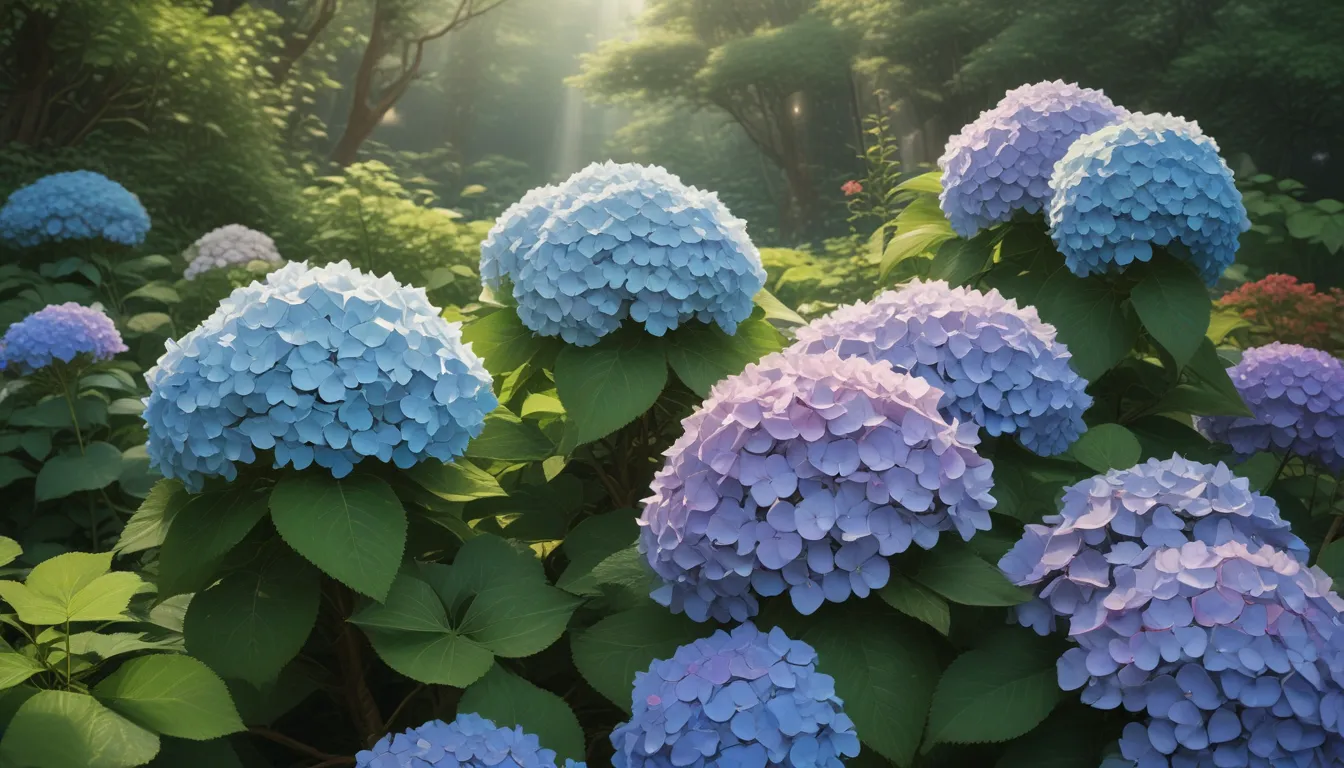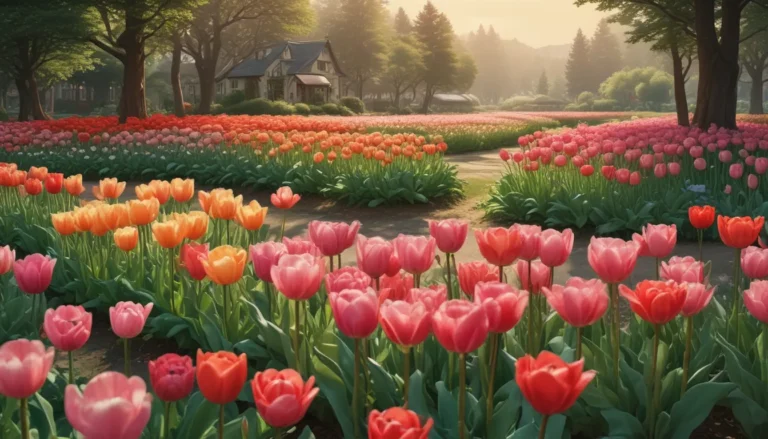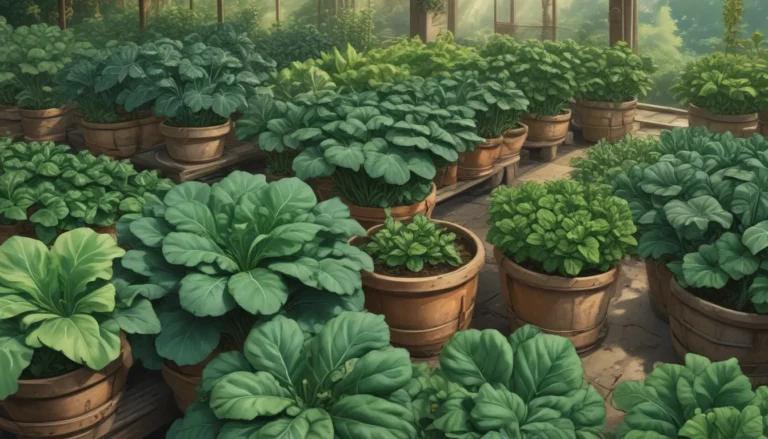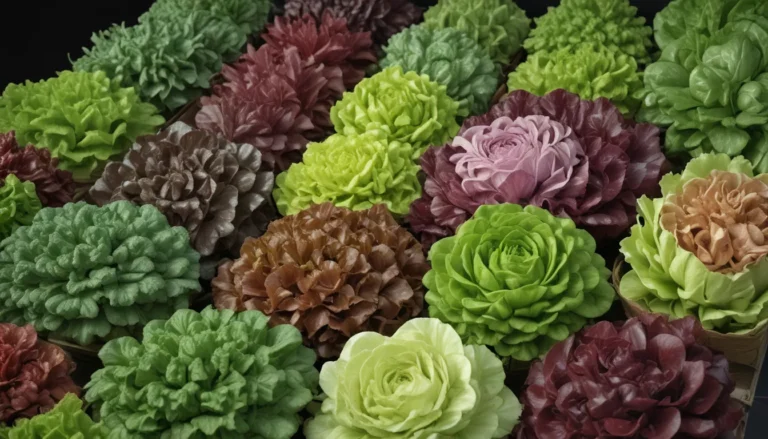Growing and Caring for Lacecap Hydrangea Bushes: A Guide

If you think of a hydrangea, you might imagine a bush with blue, pink, or white flowers that form a ball shape – and you wouldn’t be wrong. But did you know that there are nearly 80 different species of hydrangea? And not all of them are bushes, nor do they all produce spherical clusters of blooms. Intrigued? Let’s dive into the world of lacecap hydrangeas.
What You’ll Learn
- What Is a Lacecap Hydrangea?
- Cultivation Tips
- Where to Buy
What Is a Lacecap Hydrangea?
The lacecap is one of two distinct flower types of Hydrangea macrophylla, also known as the bigleaf hydrangea. The other is the mophead. Lacecaps are characterized by flattened flower clusters that consist of a lace-like arrangement of large infertile florets surrounding a center of small, star-like fertile flowers.
Mopheads, on the other hand, have the largest spherical clusters of infertile florets among hydrangeas, and are sometimes mistakenly referred to as “snowballs.” It’s essential to distinguish between different hydrangea species to understand their unique characteristics.
Cultivation Tips
When it comes to growing lacecap hydrangeas, they prefer locations with morning sun and afternoon shade. It’s crucial to ensure that the soil is consistently moist but not oversaturated. Understanding the acidity of the soil is key, as it affects flower color. Petals can range from white to blue or pink, depending on the soil’s pH levels.
If you’re looking to change the color of your hydrangea blooms, adjusting the soil’s acidity can help. For example, a pH below 5.5 restricts aluminum uptake, resulting in pink blossoms. Conversely, a pH above 6.0 allows for blue blossoms due to aluminum absorption. Adding lime or aluminum sulfate can alter the flower color according to your preference.
In terms of pruning, while it’s not mandatory, it’s best to remove damaged, dead, old, or wayward branches soon after blooming. This practice ensures optimal growth and flowering in the following seasons. Dry hydrangea flowers can be preserved for indoor arrangements, showcasing their beauty throughout the year.
Where to Buy
When shopping for hydrangeas, consider whether you prefer cultivars that are repeat bloomers or those that flower once per growing season. Here are three lacecap hydrangea cultivars that you might find appealing:
Cherry Explosion
Cherry Explosion™, H. macrophylla ‘McKay,’ features cherry red florets with tiny pink center flowers. With a compact size of three to four feet tall and wide, it’s ideal for smaller gardens. This cultivar blooms on both old and new wood, providing continuous color throughout the growing season.
Endless Summer Twist-n-Shout®
Endless Summer Twist-n-Shout®, H. macrophylla ‘PIIHM-I,’ is known for its extended blooming period from late spring to fall. With impressive winter hardiness and vibrant pink or periwinkle blue flowers, it’s a versatile choice for various climates.
Tiny Tuff Stuff®
Tiny Tuff Stuff®, H. serrata ‘MAKD,’ produces lacecap blooms in reddish-pink to purplish-blue hues. This compact cultivar is perfect for small spaces or containers, with excellent cold tolerance down to Zone 4.
A Touch of Lace
Adding lacecap hydrangeas to your garden can bring a touch of elegance and unique beauty to your landscape. Whether you’re a fan of mopheads, panicles, or snowball varieties, incorporating lacecaps can provide a visual pause among other showier species. Their intricate lace-like blossoms add a charming element to any garden design.
If you’re already growing lacecap hydrangeas, we’d love to hear about your experience in the comments section below – feel free to share a picture of your beautiful blooms!
For more information on hydrangeas, check out our guides on growing hydrangeas from cuttings, addressing common blooming issues, and identifying and treating hydrangea diseases.
Remember, understanding the unique characteristics and care requirements of different hydrangea varieties can help you cultivate a vibrant and healthy garden filled with these stunning blooms.
By following these detailed, curated tips, you can create a thriving garden filled with the beauty of lacecap hydrangeas. Whether you’re a seasoned gardener or just starting out, these insights will guide you on your journey to growing and caring for these unique plants. Happy gardening!





